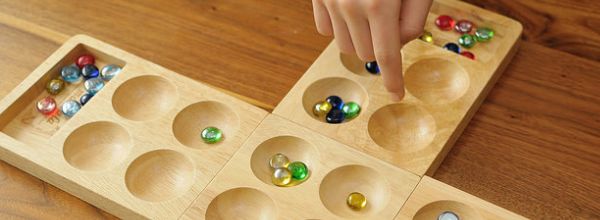When starting a long-term experiment, you need to take a lot of things into consideration (availability of cells, reagents, planning time points), but do you ever think about your antibodies? If you buy an antibody from a manufacturer, run out half way through the study, and buy the same antibody again, have you thought about whether there is any variation between different lots of this antibody? If you are repeating an old experiment, do you expect a newer lot of your antibody to be exactly the same? When purchasing a new antibody, do you check that it is from the same lot? Lot-to-lot variation of antibodies can cause significant problems for your experiments.
Increasing pressure to get more from your samples means doing more complex experiments with reduced sample size.You need reagents that are highly specific and highly sensitive. Antibody manufacturers are working to give us highly sensitive, consistent antibodies to contribute to the reproducibility of our experiments.
Manufacturer quality control (QC): Controlling for lot-to-lot variation
With polyclonal antibodies there can be significant lot-to-lot variation, because they are produced by a new host immunization for each lot. Monoclonal antibodies have minimal lot-to-lot variation, since they originate from hybridoma cells that secrete specific monoclonal antibodies to a single epitope.
Antibody manufacturers design the specificity and sensitivity of the antibody clones to ensure they work in the intended application. For flow cytometry, manufacturers also ensure that fluorochrome-conjugated antibodies perform as intended on the relevant cells, and they have processes in place to ensure subsequent lots of conjugated antibodies function consistently.
When looking at an antibody manufacturer’s website, check if the supplier complies with the ISO standards for manufacturing and distribution of antibodies. These ISO standards are awarded when a company has demonstrated that it can provide products that meet customer and regulatory requirements for research use and the medical device industry.
Titrating your antibodies and probes
When you receive a new lot of an antibody, it is very important to titrate your antibodies to ensure that you are using the optimal concentration for your experiment. See the Bitesize Bio article on Antibody Titration for more information. Manufacturers also provide pre-titrated test size reagents for your convenience. However, if your cells are different from the cells referenced on the technical data sheet, you may want to test a few titer points to determine an optimal antibody concentration before embarking on a large experiment.
Tandem dyes
To maximize the number of fluorochromes that can be used with each laser, tandem dyes were created. These dyes consist of two covalently attached fluorescent molecules, one of which is the donor molecule and the other the acceptor. The donor molecule is excited and passes on its excitation to the acceptor molecule using FRET (fluorescence resonance energy transfer). Take for example, PE-Cy™7 (Cy™7 is a trademark of GE Healthcare). A 488-nm laser (or a 561-nm laser if your cytometer has one) excites the PE fluorochrome. Instead of emitting photons at 580 nm, the PE fluorophore passes its energy to the Cy7 molecule that has been coupled to it. The Cy7 molecule then emits photons at 785 nm.
The amount of the donor and acceptor molecules can vary slightly from lot to lot, so we recommend that you use lot specific compensation controls.
Reproducibility
If you are planning a long-term study that will require multiple vials of antibodies, then you may want to reserve or purchase vials from the same lot. This will reduce the amount of QC testing you will need to do and maintain the reproducibility of your experiments.
Controls
As with any experiment, your controls are vital. Even if you are sure of minimal lot-to-lot variation, controls must be run for each experiment. At the very least, you will need to run instrument, compensation, gating, non-specific binding, and (don’t forget this one!) experimental controls. Only by running these quality checks and controls can you obtain valid and reproducible results.
Storage of reagents
The storage conditions of your reagents are very important to maintain their stability and ensure any variations are kept to a minimum. Those small vials of antibodies are sensitive to temperature, light, and time. Look at the instructions that come with the antibody. The manufacturer will have listed how the antibodies should be kept. Usually you should keep the antibody at 4°C (in the refrigerator) in the dark and keep an eye on the expiration date. Tandem dyes are particularly susceptible to being left out in the light, since products can easily be photobleached.
QC of your cytometer
An important item to remember is to QC your cytometer. This will not only alert you to problems, but will also help with the reproducibility of your experiments. Some cytometers have a built-in QC program that you can use. For example, BD cytometers running BD FACSDiva™ software have a QC program that uses BD™ CS&T (Cytometer Setup and Tracking) beads, which ensures your cytometer is running optimally and allows you to track its performance. These CS&T beads also allow for application settings to be created for users, and these settings work to ensure that results are as reproducible as possible.
Careful planning, looking after your reagents, and using the correct controls in your experiment will help to give you proper and reproducible results. Reproducibility of your experiments is always key and never more so than with the recent NIH Rigor and Reproducibility guidelines. These guidelines place an emphasis on verifying the authenticity and quality of antibodies and other
important biological resources. Using high-quality reagents that have been rigorously tested by manufacturers, such as BD, is also key to success.






